

Last reviewed: December, 2025
This tour visits 16 of Fernie’s iconic Historic Downtown buildings and historical locations, featuring a variety of architectural styles and photo opportunities.
Three tragic disasters nearly brought total destruction to Fernie during the early years after the founding of the city over 120 years ago. The persistence of hardworking locals has always restored the community back to its glory. As you walk around, look hard and you'll see that Fernie exudes history from the moment you step into the Historic Downtown area. Beautiful deep gold and rose-tinted brick and sandstone buildings line 2nd Avenue and are unique to Fernie. Look for evidence of the 1908 Great Fire in the form of soot and smoke residue on the brickwork.
Begin the self-guided heritage walking tour of Fernie at the Fernie Museum. Step inside to explore the heritage displays and speak with a local interpreter before or after your tour. Guided tours are also available from the Fernie Museum on weekends in summer, or book a private guided tour.
Accessible, paved sidewalks and roadways | Approx. 2 hours
491 2nd Avenue | Now in use as The Fernie Museum and Visitor Information Centre
This decorative building was constructed in 1910 to house a branch of the Home Bank on the main floor and the Herchmer-Mitchel Law Office on the second floor. The failure of the Home Bank in 1923 cost Fernie depositors $800,000 and led to a rewriting of Canada’s banking laws. These new rules prevented widespread bank failures in the 1930s.
Except for the paint, the exterior is in its original configuration making this a significant heritage building.

491 1st Avenue | Now in use as The Fernie Elks Club
The Chinese entrepreneur How Foon established several businesses in this building constructed in 1908. He ran a cafe, a laundry, and a shoemaking shop on the main floor and rented apartments upstairs. The property was later utilised as the Arlington Hotel.
The Fernie Elks Club purchased the building and removed the dividing walls to open the interior space for use as a hall. The exterior surface, though, retains its original outline and the original advertising mural for 'Royal Crown Soap'. Across 5th Street at The 1909 Royal Hotel, note the tops of the filled-in windows along the base of the building indicating that the street was once lower than it is today.
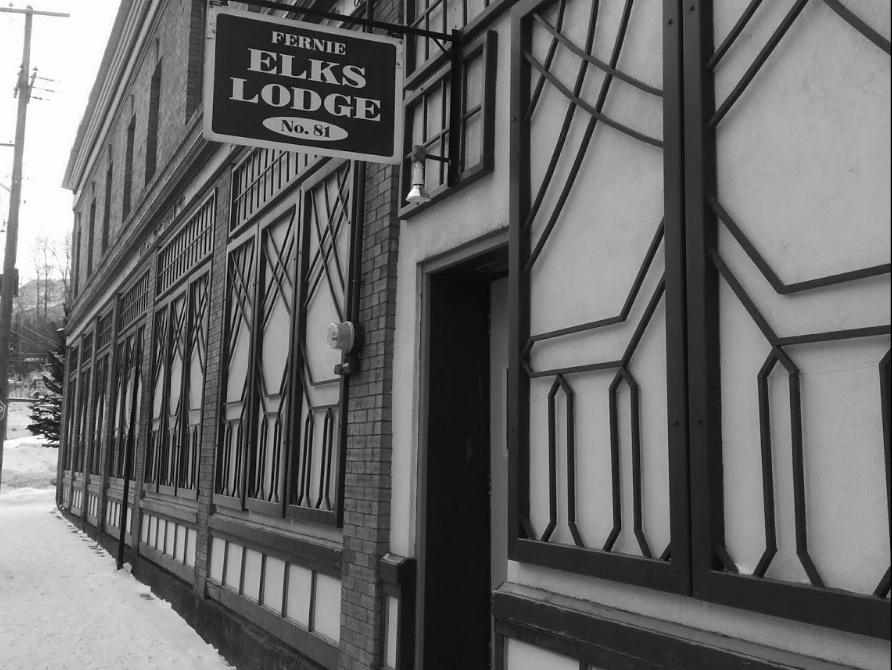
401 2nd Ave | Now in use as The Brickhouse Bar & Grill
On August 1, 1908, on the corner of 2nd Avenue and 4th Street, the members of the Fernie Fire Department made their last stand in the fight of the catastrophic fire that would consume Fernie in just 90 minutes.
The Imperial Bank of Canada built a new bank here in 1909, using a standard small city branch design. The company merged with the Canadian Bank of Commerce in 1961 and closed the branch in 1963. Although some features have been altered, the brick and sandstone exterior retains many of its striking original features. Step inside for a taste of today; the Brickhouse serves up a large selection of Fernie Brewing Company Beers, BC wines, and a tasty pub menu. The original bank vault is still in use as the chef’s pantry.
301 & 321 2nd Ave | Now in use as Himalayan Spice Bistro & The Central Bar, and The Vogue Theatre
The ‘workingman’s’ hotel first opened on this site in 1901, replaced in 1909 after the great fire with the current building, as The Central Hotel.
Next door, the Miner’s Hall was built in 1909 on a vacant lot and later renamed as The Grand. it became the Vogue Theatre in 1947.
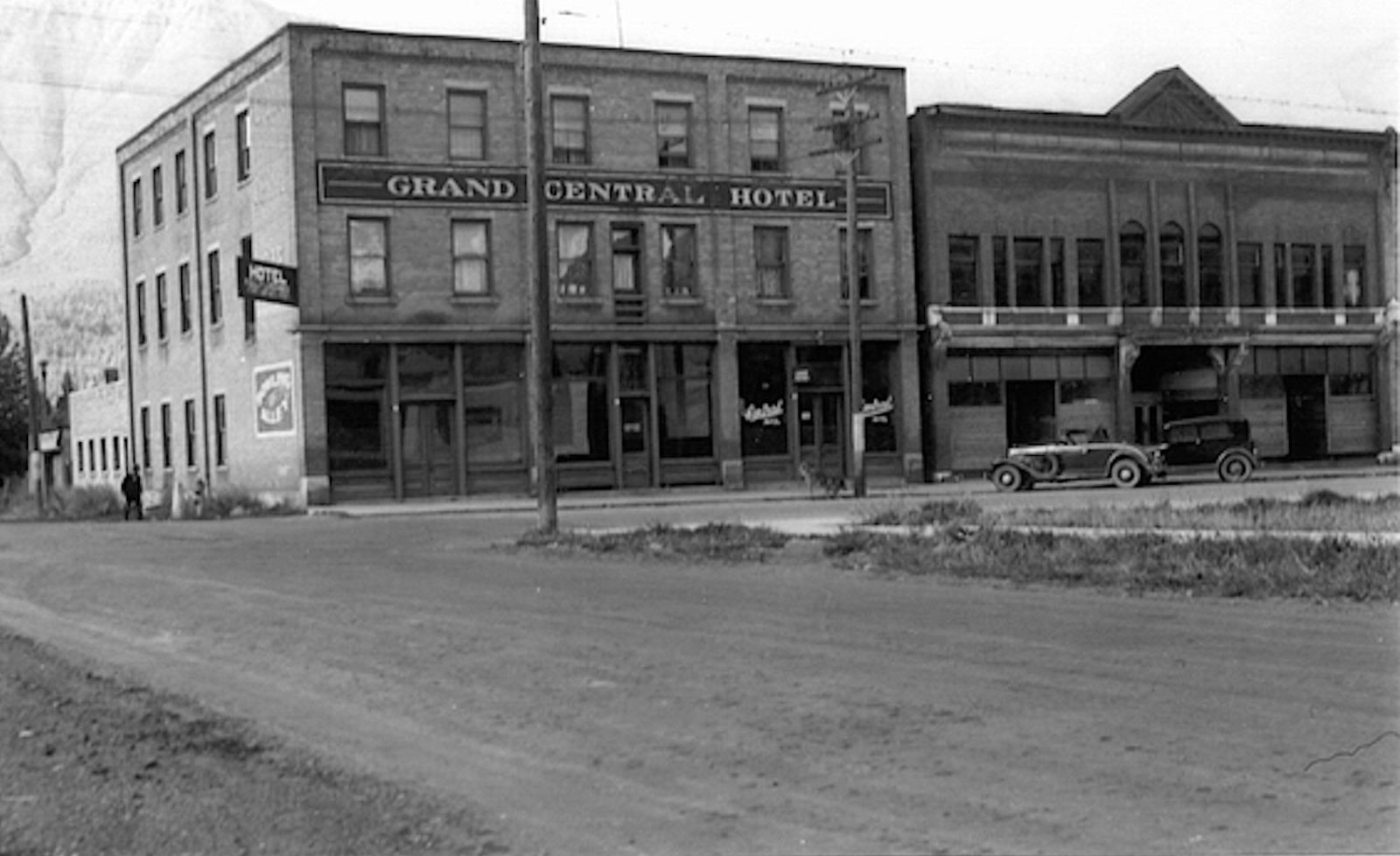
201 2nd Ave | Now in use as Knox on 2nd community performing arts venue
A wooden church was built on this site in 1898 and replaced with the current structure in 1910 following the great fire. It was home to church congregations until 2023. The building is now owned and managed by the Fernie Heritage Trust Society as a performing arts venue.
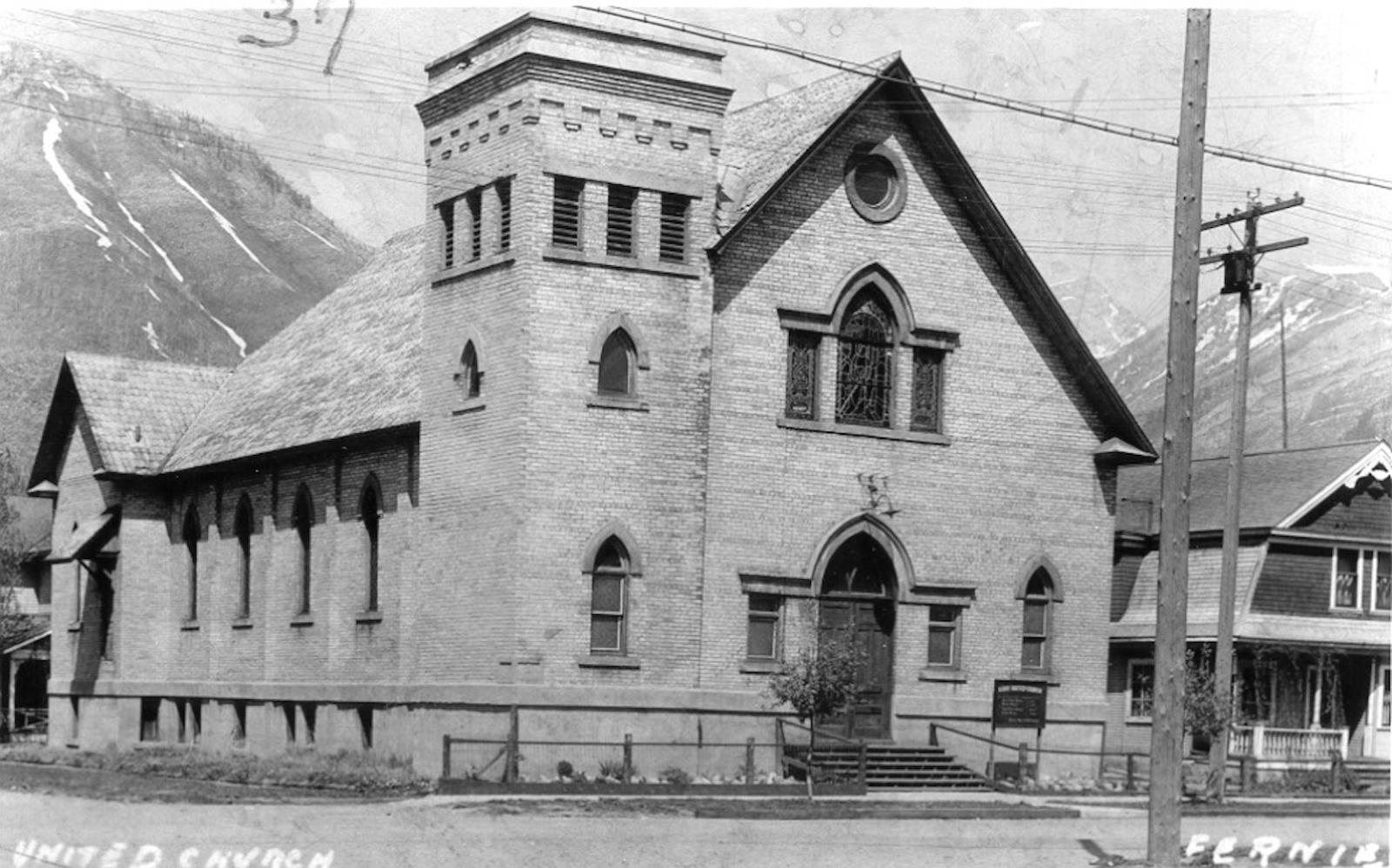
Dogwood Park - Elk River | Unveiled 2005
During Canada’s first national internment operations of 1914-1920, thousands of Ukrainians and other Europeans were imprisoned as ‘enemy aliens.’ The Fernie Internment Camp was initially set up on this site in the ice rink, later moving to an empty hotel in the then-abandoned community of Morrissey.

401 4th Ave | Now in use as Provincial Court House
Lauded as one of BC’s best buildings (2014, BC Architecture Foundation), the Court House is a spectacular chateau-style building rarely found in the area. Enjoy the grounds and beautiful views of the surrounding mountains.

521 4th Avenue | Still in use as Holy Family Catholic Church
The history of the church dates back to the beginning of Fernie when Father J. Welsh was sent from Cranbrook to hold masses for approximately 200 miners in 1898. Some of these miners donated one day’s wages every month towards the construction of a place of worship and volunteer parishioners completed this church in 1912. It was and still is home to Fernie’s largest congregation.
501 3rd Avenue | Now in use as City Hall
In 1905, the Crow’s Nest Pass Coal Co. constructed this building as the head office to manage its expanding coal mining operations. It also housed the offices of the Crow’s Nest Pass Electric Co. and the Morrissey-Fernie-Michel Railway, subsidiaries of the coal company. Constructed in cement blocks and standing on a spacious lot, the building survived the 1908 Great Fire and served as a place of refuge during and after the fire. It has served as Fernie’s City Hall since 1984.
Located on the grounds, The Miner’s Walk is a fascinating glimpse into Fernie’s coal mining heritage. The walk features interpretive panels, sculpture, challenges for children, ironwork art from the Fernie Forge and municipal garden with picnic tables and benches.
492 3rd Avenue | Now in use as the Fernie Heritage Library
This imposing Romanesque Revival building reflects Fernie’s importance as a government centre for the region; the engraved stone signs above the entrance to the Post Office and Customs Office are still in place. The building, for a time, served as the US consul office for the region. Built in 1907, the building was gutted but not destroyed in the 1908 Great Fire. An exhibit on the 1908 Great Fire is located on the landing of the main staircase.
Built in 1907, the building was gutted but not destroyed in the 1908 Great Fire. An exhibit on the 1908 Great Fire is located on the landing of the main staircase.

260 5th Street | Now in use as Eye of the Needle Studio & Gallery
In 1904, William Eschwig of the Northern Hotel made a trade in which he secured this site for the Salvation Army, in exchange for the Victoria Avenue (now 2nd Ave) location, where they had been operating since November 3, 1900.
The original building was lost in the 1908 Great Fire. The replacement building which can now be seen at the site, was the Salvation Army's home until 2001 when they moved to their current location at 741 2nd Ave. Step inside today and discover a working felting studio, beautiful antiques, and unique local artisan crafts including ironworks from Fernie Forge and glasswork from Elkford's Katherine Russell.
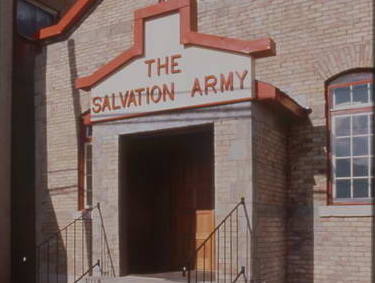
531 2nd Avenue | Now in use as Nevados Restaurant
In 1910, William Eschwig began construction of the building next to his Northern Hotel. Known initially as Eschwig's Hall, it was remodelled and opened as the Isis Theatre in 1911. The theatre was again remodelled in 1930 and reopened as The Orpheum Theatre.
Moving pictures entertained Fernie residents here until 1949 when The Orpheum was bought by Sam Rossell, proprietor of the Vogue Theatre. At the time, it was agreed there was not enough business for two theatres, and The Orpheum closed. The Orpheum is fondly remembered by Fernie oldtimers as the site of Saturday afternoon entertainment.
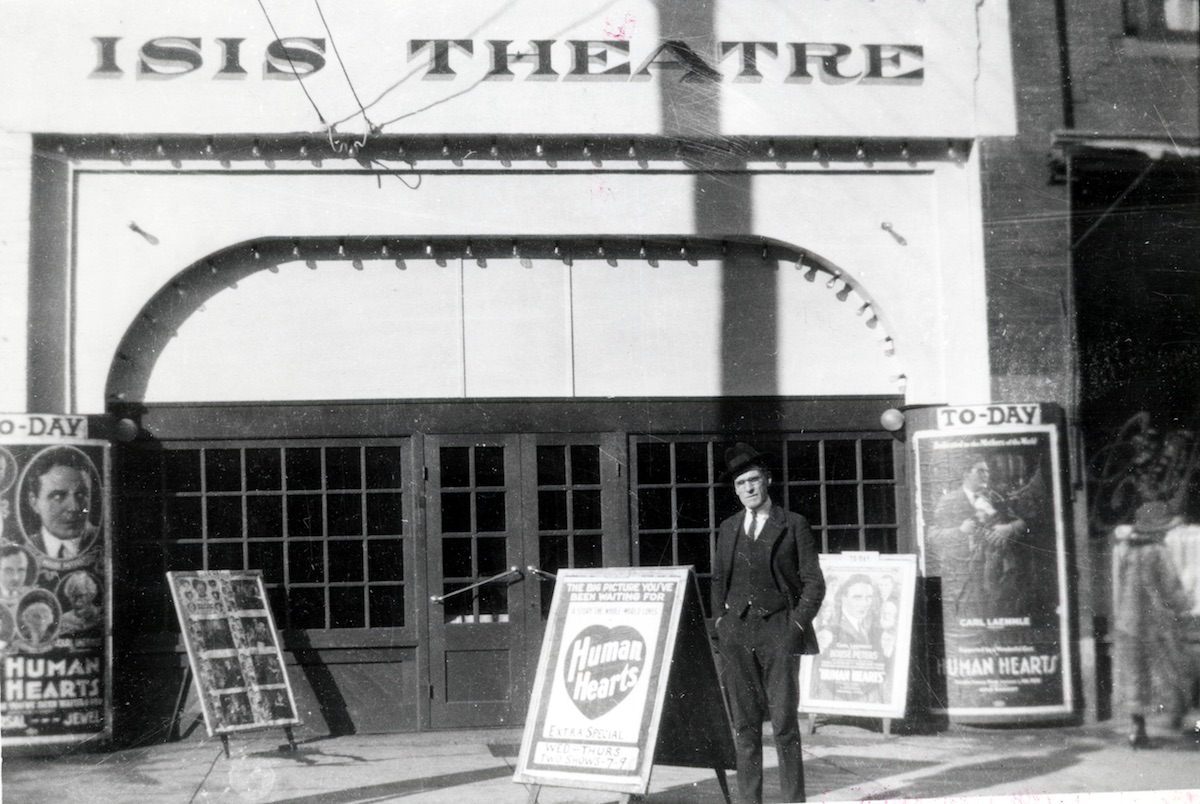
802 3rd Ave & 802 4th Ave | Now in use as a private residence
Doctors Corsan and Bonnell built a hospital here shortly before the great fire of 1908, replacing it in 1909 after if burned down. The Nurse’s Home was built across the street. The hospital was later replaced with a residential building, and the Nurse’s Home became a B&B in 1993.
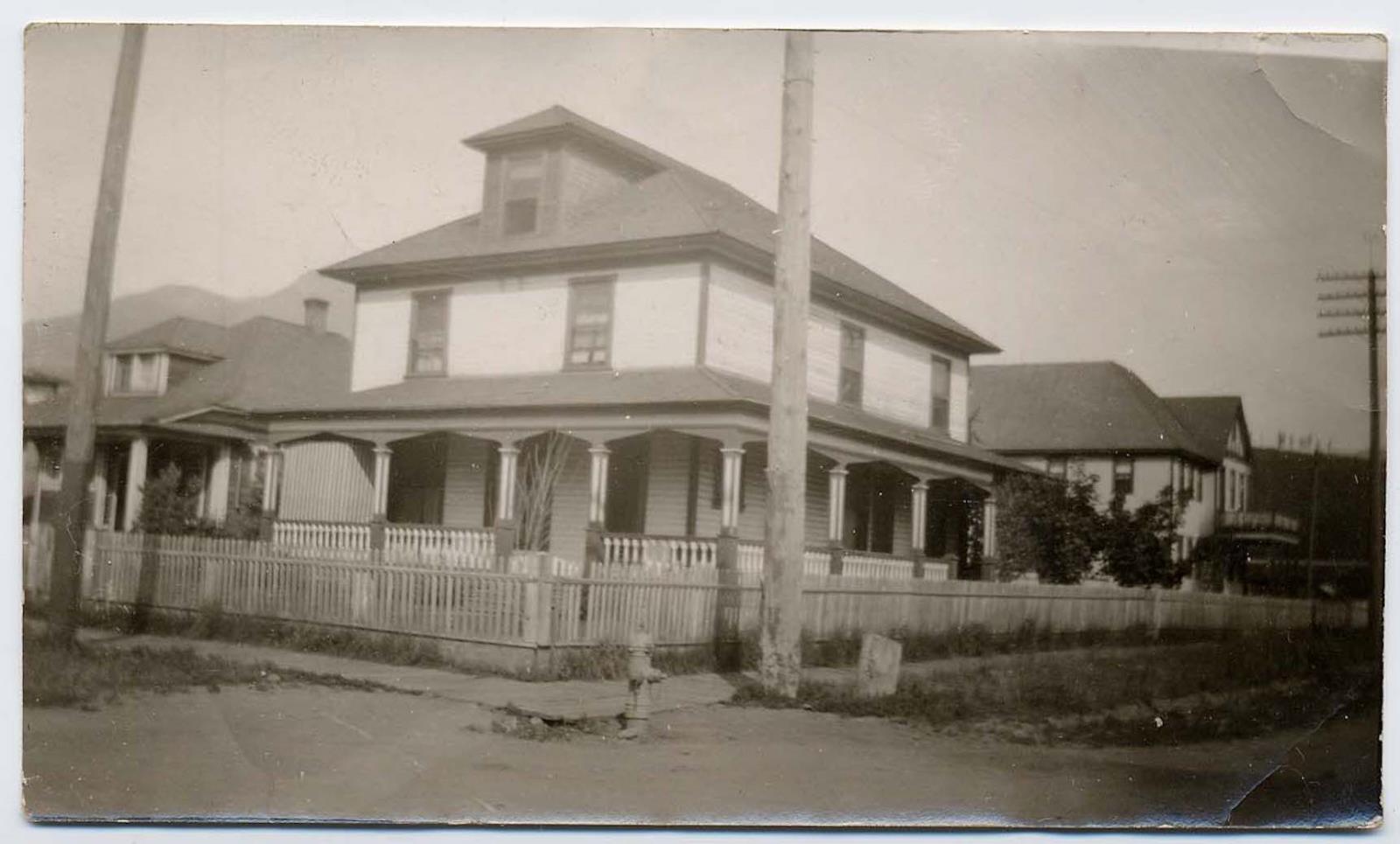
The image shows the Nurse's Residence in the foreground, with the former Fernie Hospital behind.
901 2nd Avenue | Now in use as 901 Fernie & Spa 901
A school operated on this site for 89 years from 1909 - 1998. For the first 50 years or so, the building was known as Fernie Central school, and included elementary grades. It became a solely secondary school after EIDES - Ecole Isabella Dicken Elementary School opened in 1966. After the elementary school grades moved out, it was known as Fernie Secondary School (High School). The Secondary School operated here until a new school opened near the Fernie Golf Course in 1999. The building then sat empty until renovations began in 2006.
Early photographs show that the original facade looked much as it does today, however it was covered with stucco from 1978 until the time of the renovations. It was then that Parastone developed the site; revitalizing the original school and gymnasium and adding two new condominium buildings.
Inside, the 16-foot ceilings, craftsman finishes, and granite fittings make this one of Fernie's most sought-after properties, while the award-winning 6,600sq ft Spa 901 offers the ultimate in urban relaxation for residents and visitors.
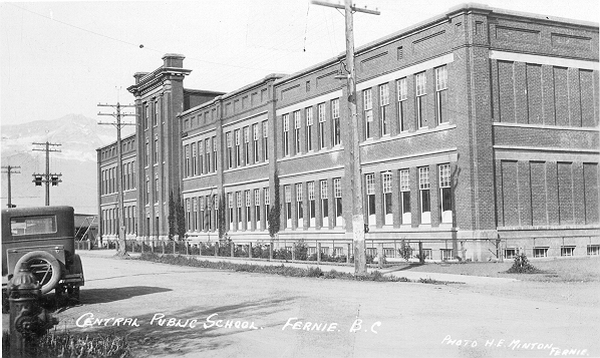
701 2nd Avenue | Now in use as Urban Settler and private residences
Unlike many businesses in Fernie’s Historic Downtown, the Fernie Cartage Company rebuilt its livery using rubblestone from the banks of the Elk River, rather than brick, following the 1908 Great Fire, making it unique in downtown Fernie. For many years before automobiles were commonly used, the company delivered milk, coal, and other goods with a fleet of horse-drawn drays. In the 1920s, it was “The Up-To-Date Garage,” servicing a number of makes of early automobiles and owned by prominent Italian entrepreneur, Al Rizzuto.

601 1st Avenue | Now in use as The Arts Station
In its early years, the Canadian Pacific Railway station was the centre of activity in Fernie whenever a train stopped to unload passengers, mail, and other goods. As the use of the automobile grew, rail travel declined and so did use of this Second-Class station. Passenger services were finally discontinued in 1964, however, the train tracks are still in daily use, carrying the freight trains that regularly pass through the Elk Valley. The beautiful Rocky Mountaineer can also occasionally be spotted on a charter trip. Since 1987, the Fernie & District Arts Council has used this facility as a performing and fine arts venue. Dine trackside at the Blue Toque Café and imagine yourself arriving on the platform for the first time 100 years ago!
The walk ends at The Arts Station, one of Fernie's most loved historical locations and now a busy arts centre.
The Arts Station is also location #1 on the Fernie Art Walk, which will take you on an artistic tour of Historic Downtown Fernie. Some locations are duplicated and presented from a different angle so it is worth picking up both brochures and having each on hand as you stroll down 2nd Avenue, previously known as Victoria Avenue.
Visit working artists and artisans in their studios and soak in the atmosphere of a town rich in history and heritage. Look up for the beautiful art banners on downtown lampposts featuring a variety of new local artwork. Learn more in the Fernie & Elk Valley Cultural Guide.
Learn more about Fernie's history at the Fernie Museum. Special thanks to the Fernie Museum for the kind usage of the photographs.